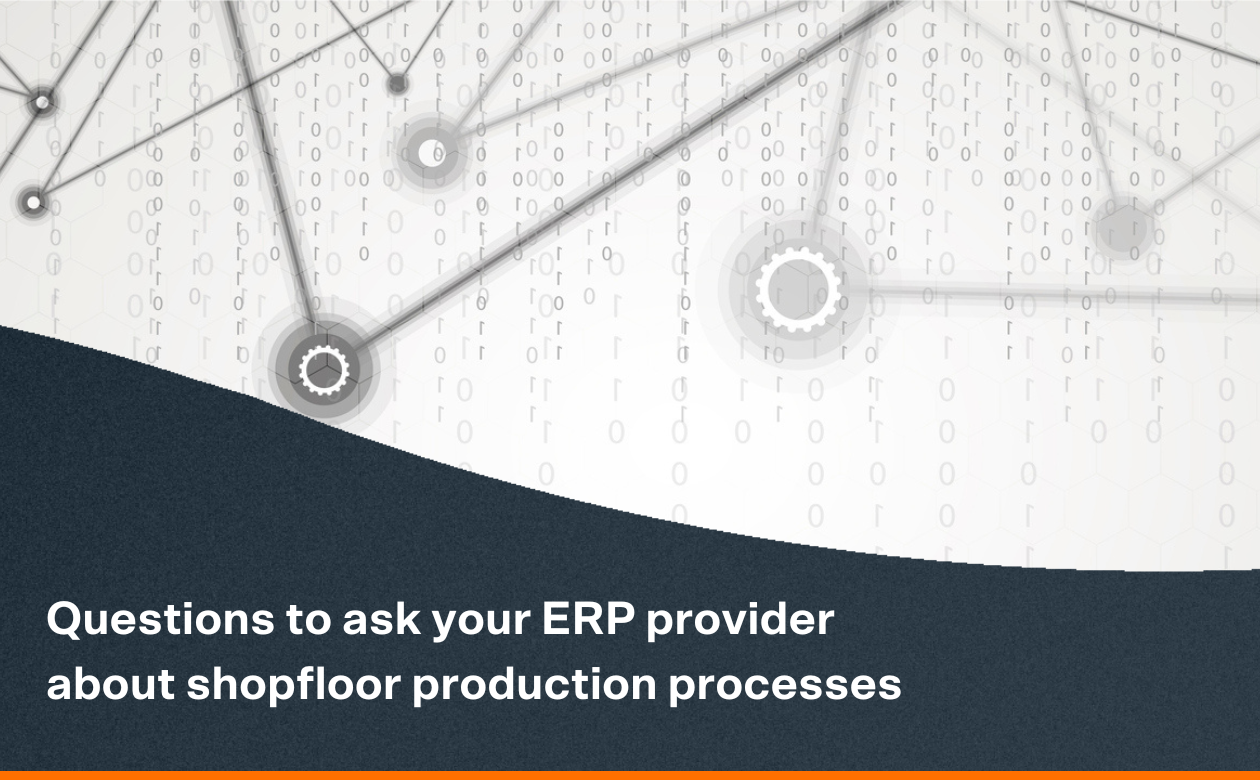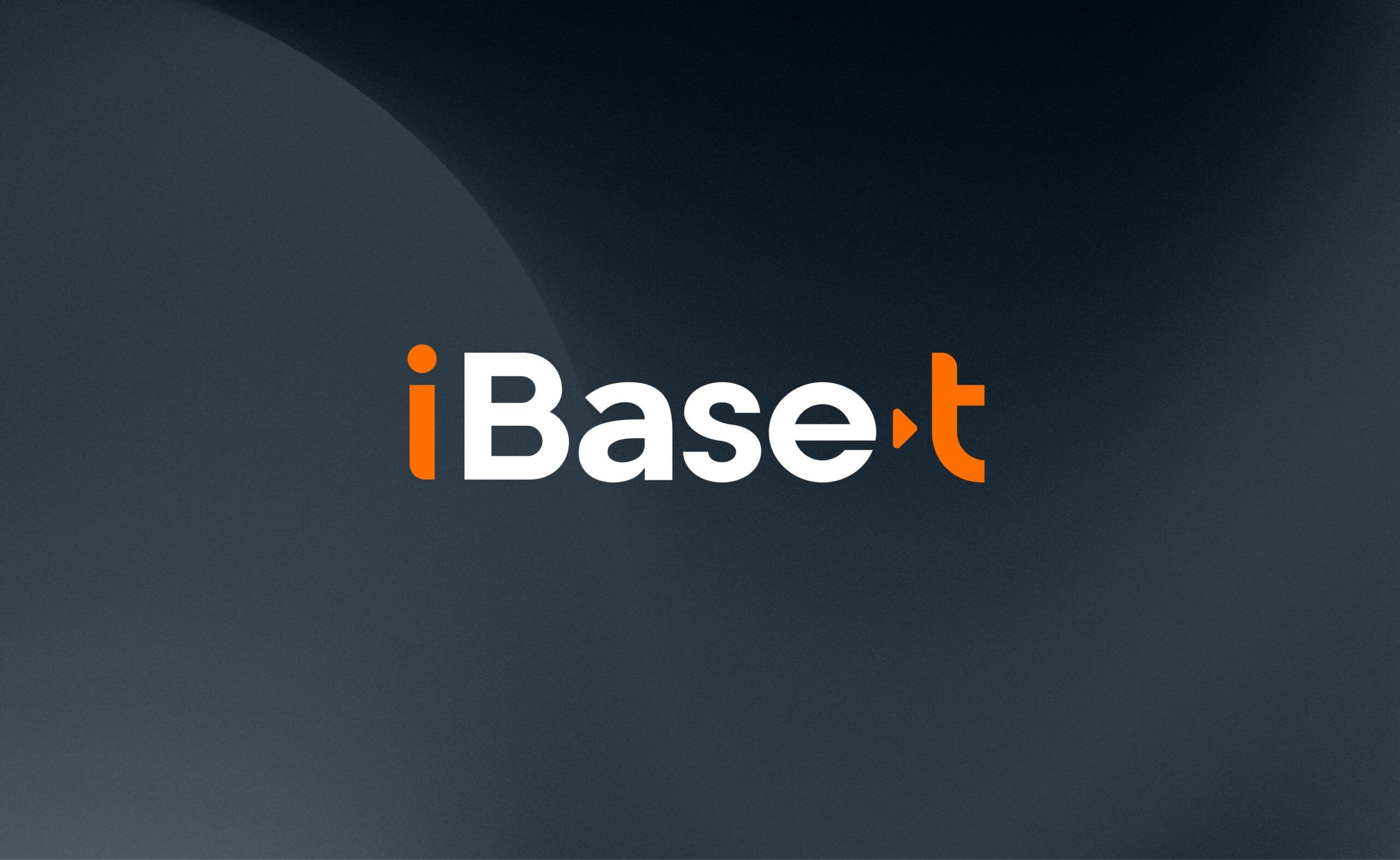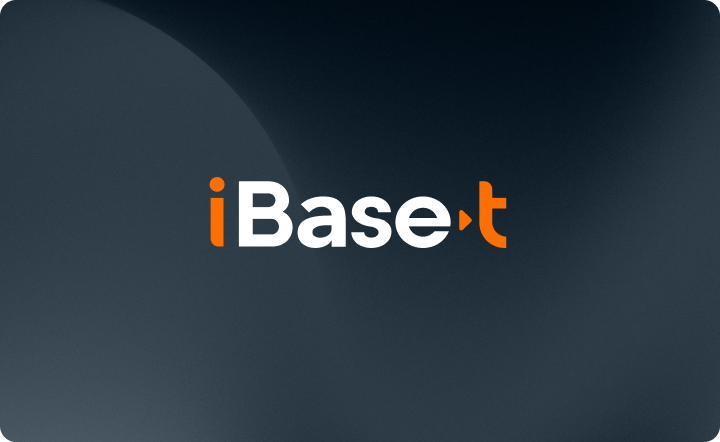
Last week Sung Kim, Chief Technology Officer at iBase-t, provided a great discussion of five key factors to consider when choosing between an on-premises or a cloud-based Manufacturing Execution System (MES). There are pros and cons to each, but in the end, much is dependent upon what factors are most important today to your company. This article will take a deeper dive into what the total costs are that should be considered – it may not be as intuitive as first considered. To do an accurate assessment, it’s important to understand the true Total Cost of Ownership of an MES – be it on-premises or on the cloud.
There are many reasons you might want an on-premises MES. Your data stays local. Security procedures can be set to a company’s specific standards. System and application configuration are also managed at the company’s discretion. These factors have convinced many manufacturers to implement an on-premises MES.
But how do you calculate the cost of this investment? It’s easy to figure the upfront price of the software and hardware, but other costs should also be considered.
This article may be of interest, Understand the Opportunity Cost (Risk) of Deferring an MES Software Upgrade.
The ongoing costs from monitoring, maintaining, supporting, and upgrading the system could generate a substantial portion of the cost of an on-premises MES. Here are three factors to consider when evaluating your TCO of an on-premises MES.
1. Initial Investment
The first step is to design an infrastructure to support the new system requirements, which will require spending on consultants if in-house expertise isn’t available. There are several infrastructure requirements to pay for, including servers, bandwidth, data center power, cooling, and physical space for everything. Your initial cost estimate should also include any data migration that’s needed from the old system.
You also need to plan for disaster recovery, such as setting up offsite backups. In addition, vertical and horizontal scalability must be planned ahead of time. How many sites will you support, and how large will the applications become? As you increase the number of servers, you also increase software licensing and data center costs. Finally, once the new system is implemented, all relevant workers will need to be trained in the new procedures. Each of these factors should be combined to assess the true upfront cost.
2. System Maintenance
After the new system is in place, there will be ongoing maintenance costs, and devices and software will need frequent upgrades. To keep up with the latest technology advancements, manufacturers will need to assess and upgrade their hardware and software about every three years. Upgrades may not be necessary, but they will have to be considered. And remember, not upgrading carries a cost too—the cost of falling behind. This cost can’t be calculated, but it’s very real.
There are unexpected maintenance costs, too. Hardware failures, natural disasters, and human error are all risks for extra maintenance costs. In an on-premises MES, your company is responsible for all these risks. Since they can’t be predicted, funds will have to be set aside to cover them should they occur.
3. Recurring Expenses
There are obvious recurring costs involved with a self-hosted IT infrastructure, such as energy bills. But an on-premises MES also requires significant resources to maintain and support operations. In many situations, personnel costs are the largest expenditure. At a minimum, companies need a system administrator, a network administrator, and a database administrator— which often requires 24-hour coverage for most of the year. The salaries for all involved IT personnel should be included in the cost estimate, in addition to factors like energy costs.
Technical Debt
Technical Debt is created anytime heavy customization is done to an enterprise solution to make it work. Sometimes this occurs when quick fixes are done to solve an immediate issue. The challenge is that over time these quick fixes can be difficult to properly address, causing much rework and wasted time spent fixing. This burden can add up to a substantial portion of your overall cost of ownership. The word “debt” is used here for a reason: it is an ongoing cost on the balance sheet and must be repaid over time.
This article may be of interest: Why Now is the Time to Cut Technical Debt
There are several ways to reduce technical debt. First, how easy is it to make a change to your MES? Is it a pre-configured, out-of-the-box solution? These types of solutions are designed to reduce or eliminate the need for “quick fix” configurations or changes. Over time, consistent use of out-of-the-box solutions can lead to a lower total cost of ownership by avoiding the need to incur technical debt. The best way to reduce technical debt is to avoid customization where possible.
Conclusion
An on-premises MES can be a complex undertaking. Between designing, building, and implementing the new system, the upfront investment can be substantial. And once implemented, the ongoing costs usually end up being larger than the initial investment. These costs are not necessarily barriers to choosing an on-premises solution. For some enterprises, the on-premises approach may be the right way to go. But to be successful and ultimately profitable, choosing on-premises MES requires a thorough understanding of the Total Cost of Ownership, and careful planning from the start to minimize technical debt over the lifetime of the system.





